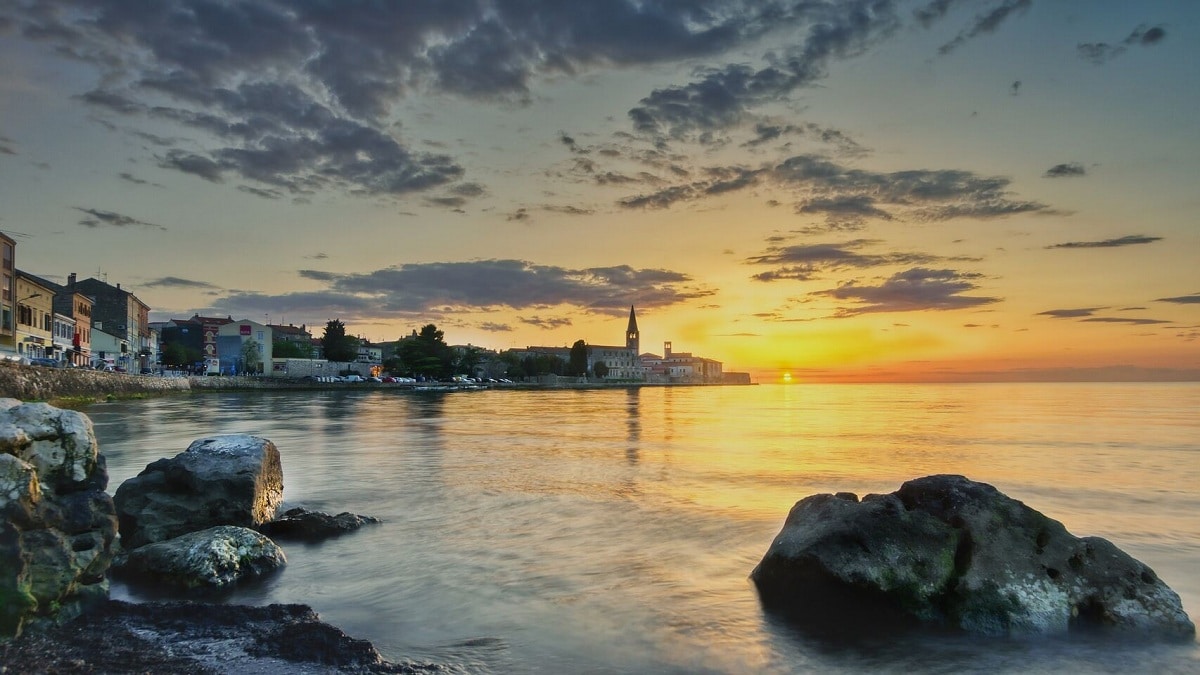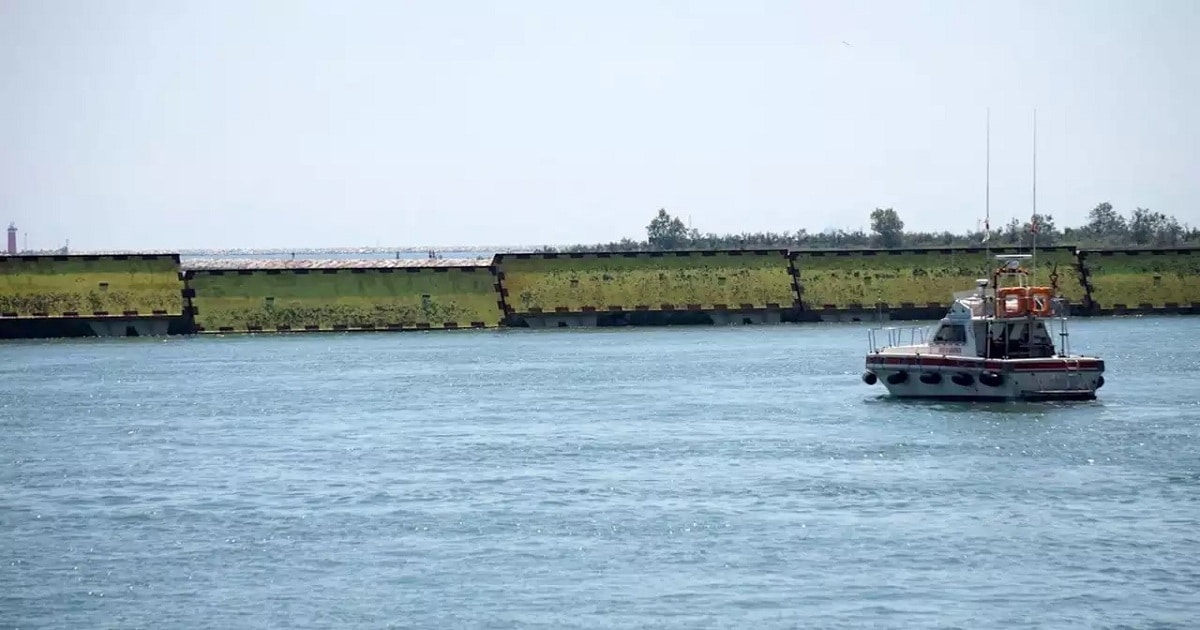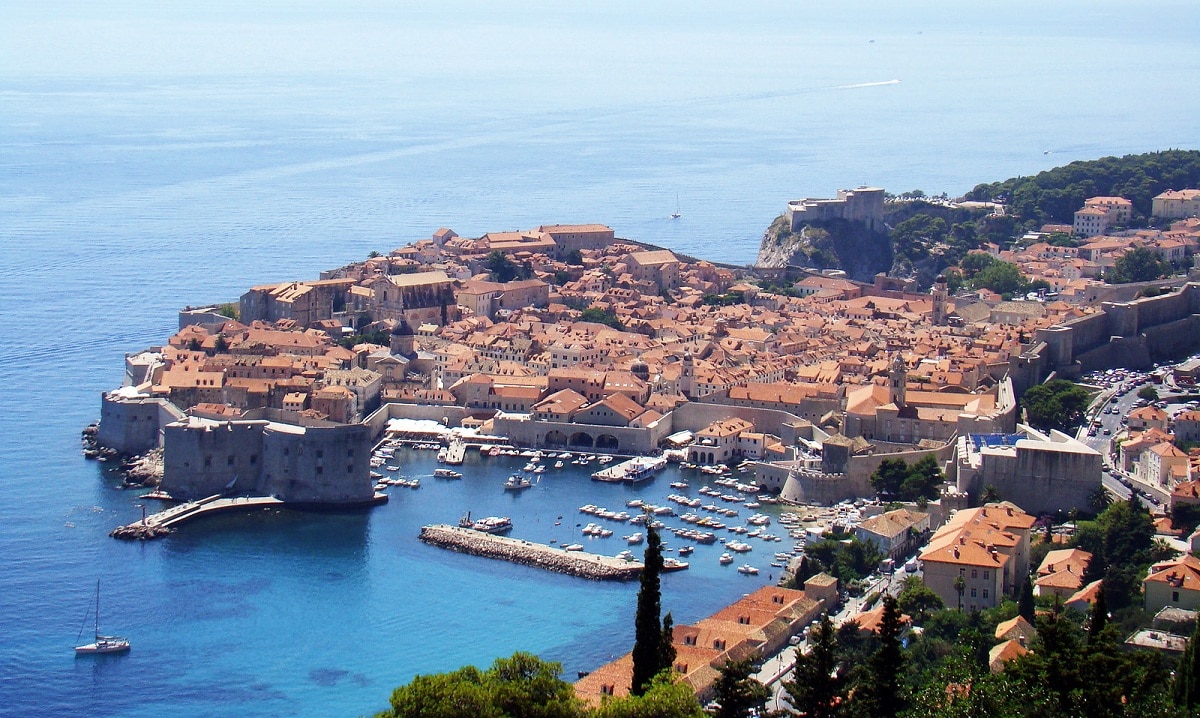
Within the Mediterranean Sea there are small parts of this sea that extends between the coasts of around. One of these parts is the Adriatic Sea. It is the part that extends from the Italian peninsula and the western coast of the Balkan peninsula. It has a length of about 800 kilometers and a maximum width of 200 kilometers. It is a sea that has great commercial and tourist interest.
In this article we are going to tell you about all the characteristics, formation and importance of the Adriatic Sea.
Key features

It is a part of the Mediterranean Sea that extends from the Gulf of Venice in the north-west to the Strait of Otranto in the south-east. The total area of the Adriatic Sea is approximately 160.000 square kilometers and its average depth is only 44 meters. It is one of the shallowest seas on the entire planet. The part that has greater depth is between Gargano and Durres and later reaches a depth of 900 meters.
Although it is not a very extensive bar, it bathes the coasts of 6 countries. These countries are as follows: Italy, Slovenia, Croatia, Bosnia-Herzegovina, Montenegro and Albania. The name of the Adriatic Sea comes from the Etruscan colony of Hadria. This colony was located on the coasts of Italy and that is why the Romans called it Mare Hadriaticum.
Among the prevailing winds that we find in this sea predominate in the region and it is called by the name of bora. It blows quite strongly in a northeast direction, while the other predominant wind is called sirocco. This wind is somewhat milder coming from the southeast direction. Both winds alternate throughout the year depending on the season in which it is.
Being a shallow sea, it has one of the most pronounced tides of all the rest of the Mediterranean Sea. And there is a remarkable contrast between its two shores. On the one hand, we have the Italian coast that has a relatively straight and continuous shape and does not have any islands. On the other hand, we have the Balkan coast, especially extended by the Croatian coastline, it is quite jagged and dotted with islands of different sizes. Almost all the islands have elongated shapes and are arranged parallel to the mainland coast.
Adriatic Sea and Italian coast

We know that the Adriatic Sea on the Italian side stretches along 1.250 kilometers of coastline. It starts from the port of Trieste north to the Cape of Otranto. It is called the heel of the boot of the Italian peninsula.
Main Geographical accidents that we find in this sea are the following: the Gulf of Trieste, the Po delta and the Gulf and the Venetian lagoon, all of them in the north. Further south we find the Gárgano and Puglia peninsulas as well as the Golgo de Manfredonia.
As we mentioned at the beginning of the article, it is a sea of great economic importance. And it is that it has quite a few main ports with great economic interest. These ports are, from north to south: Trieste, Venice, Ravenna, Rimini, Ancona, Bari and Brindisi.
Adriatic Sea and Balkan coast

Let's analyze the other part of the Adriatic Sea. This part of the sea is more cut and has abundant islands. Thus, the coastline of the Balkan Adriatic has a length of 2.000 kilometers. This length begins at the Slovenian port of Koper to the Strait of Otranto.
At the end of the northern part is the Istrian peninsula. From this peninsula begins the so-called Dalmatian coast, located in Croatia. The curious thing about this east coast are about 1.200 islands of different sizes in a dotted way referring to the marks of a Dalmatian. The most important islands in terms of size are Cres, Krk, Pag, Hvar, Brač and Korčula, among many others. South of Dalmatia is the Bay of Kotor.
The main commercial ports that are located in the Balkan part of the Adriatic Sea are, from north to south: Rijeka, Split and Dubrovnik (Croatia), Kotor (Montenegro) and Durres (Albania).
Economy
This sea, although small, is of great economic importance for various human activities. We are going to see what are the sources of economy that the Adriatic Sea offers to all the surrounding cities.
Natural resources
Here are underwater deposits of gas falls were discovered about half a century ago. Even though they were discovered earlier, they began to be exploited in the 90s. Off the Emilia-Romagna coast there are about 100 gas extraction platforms. This gas is used to supply electricity to the surrounding towns.
To the north, in the Po Basin, we find some important oil deposits. Many of these deposits are still in the exploration phase as they have only recently been discovered.
Fishing
It is another of the important economic activities that takes place in the Adriatic Sea. It is the main economic activity in this region throughout history. However, at present, because of the human being, there is a serious problem of fishing overexploitation. The highest catches correspond to the area of Italy. It is here that about 60.000 people have jobs in fishing, representing 40% of the total production the country's fisheries.
Tourism
Finally, the economic activity that offers benefits to the surrounding areas is tourism. The countries that border the Adriatic Sea are important tourist areas. The main areas are: the Veneto region and the Emilia-Romagna coast, both in Italy, as well as the Dalmatian Coast of Croatia. Although it is not the main one, tourism is a source of income for the countries of the Balkan shore. Especially being favors Croatia and Montenegro. Much of the gross domestic product of these countries is part of tourism activity.
I hope that with this information you can learn more about the Adriatic Sea and its characteristics.